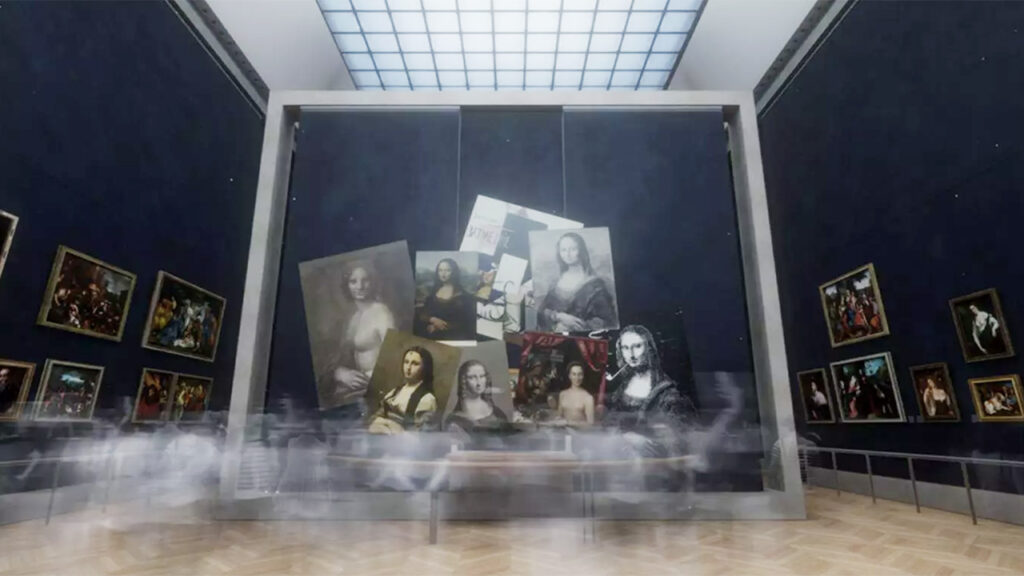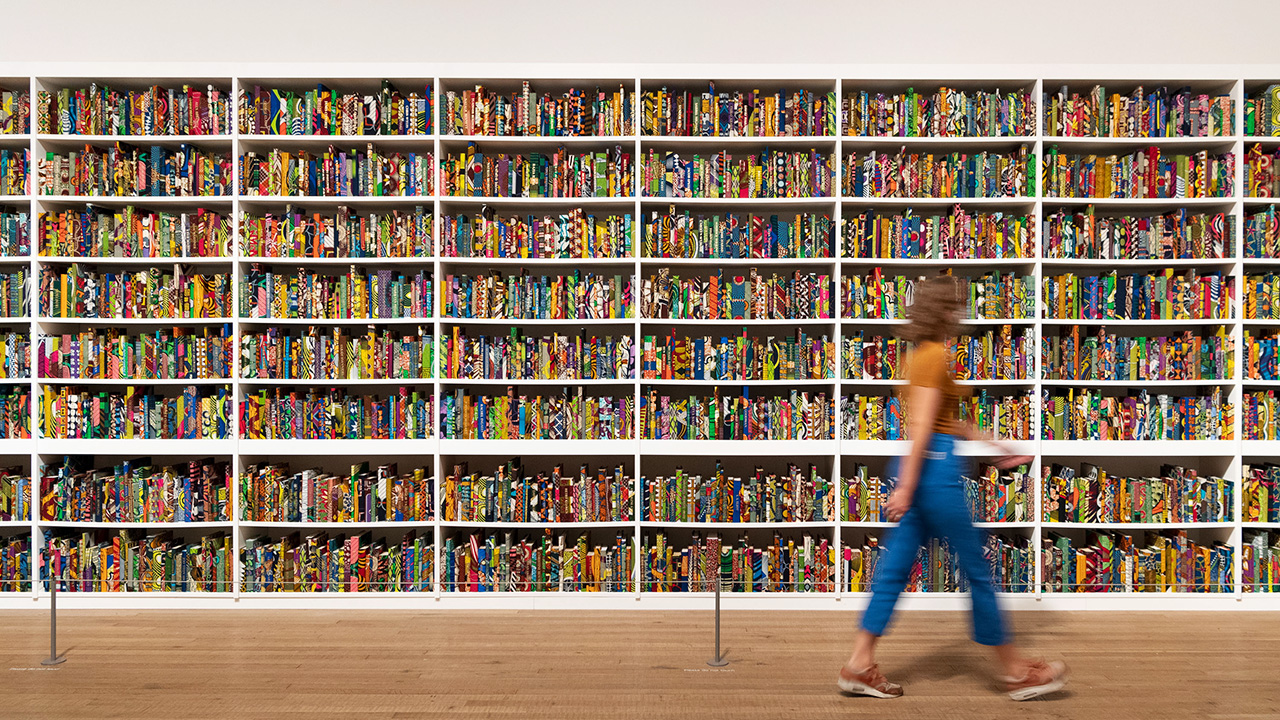Enduring the lines that snake out the doors of the Louvre and the Vatican has long been a rite of passage for summertime vacation-goers. So too, the experience once inside of sharing shoulder room and European masterpieces with hordes of art-loving tourists. Not in 2020. Months of closure, capacity limitations, restricted cross-border travel, and coronavirus-related hesitancy saw museums experience the quietest of years, as this writer can confirm having spent an eerie five minutes utterly alone with Botticelli’s “Birth of Venus” in Florence’s Uffizi Gallery.
But just how devastating was 2020 for art museums? It’s a question addressed by The Art Newspaper’s most recent survey of the world’s 100 most visited institutions, an endeavor the publication has pursued for more than two decades. Most basically, in 2020, surveyed museums welcomed 54 million visitors, down from 230 million visitors in 2019, a year-on-year drop of 77 percent.
Intuitively, museums located in regions that handled the virus competently fared best: Beijing’s National Museum of China placed second with 1.6 million visitors despite locking down early and maintaining stringent capacity limitations through late summer, and Japan’s 21st Century Museum of Contemporary Art ranked tenth, having closed for a “mere” 66 days. More broadly, museums in Australia and New Zealand drew 53 percent fewer visitors — hardly painless, but not as severe as Europe and North America which saw 72 and 75 percent declines respectively.

Despite experiencing a 72 percent drop in visitor foot fall, the Louvre still led the world’s museums in attendance in 2020, followed by the National Museum of China and the Tate Modern. Image: The Art Newspaper
The evaporation of globetrotting tourists was a hammer-blow to museums’ financial reliance on ticket sales. New York experienced a 66 percent decrease in tourism numbers and its big four art hubs — the Metropolitan Museum of Art, Museum of Modern Art, the Whitney Museum of American Art, and the Guggenheim Museum — saw attendance fall 80 percent with the Met suffering losses exceeding $150 million. In Paris, a city which received five percent its usual volume of tourists, the major three museums — the Musée du Louvre, the Musée d’Orsay, and Centre Pompidou — saw a 73 percent fall in attendance with the Louvre announcing losses of $106 million.
Intriguingly, an early and recurrent prediction of 2020’s financial impact upon museums has centered on the impossibility of continuing to stage glitzy, high-profile exhibitions. And yet, as the Art Newspaper notes, those that did benefitted: the Louvre’s once-in-a lifetime Leonardo show drew more than 10,000 visitors a day and ensured the museum remained the most visited museum in the survey. Across the English Channel, the Tate Modern was the UK’s most visited institution — a position held for most of the past decade by the British Museum — largely thanks to an Olafur Eliasson immersive exhibition.

The Louvre’s Leonardo Da Vinci exhibition, which included a virtual reality experience in partnership with HTC Vive, averaged a daily attendance of 9,783 visitors and by its close in February 2020, had drawn a record-busting 1.1 million visitors through the museum’s doors. Image: Louvre.fr
Physical closure led to an unprecedented embrace of digital in the museum sector, a development The Art Newspaper pays attention to in a separate social media-focused survey. Accounting for Twitter, Facebook, and Instagram, the survey shows the most followed 20 museums grew audiences by an average of 8.4 percent. Instagram emerged as the most popular platform for museums with the number of users following the top 100 museums increasing by 30 percent to total 54.4 million compared to Twitter’s 51.5 million and Facebook’s 36.3 million.
The long-term impacts wrought by a year of cultural lockdowns await to be seen, but with The Art Newspaper finding museums were shuttered for an average of 145 days — adding up to more than a century of museum visits missed — stakeholders certainly hope the newfound success in digital spaces will help audiences rediscover a love for traditional in-person experiences.



